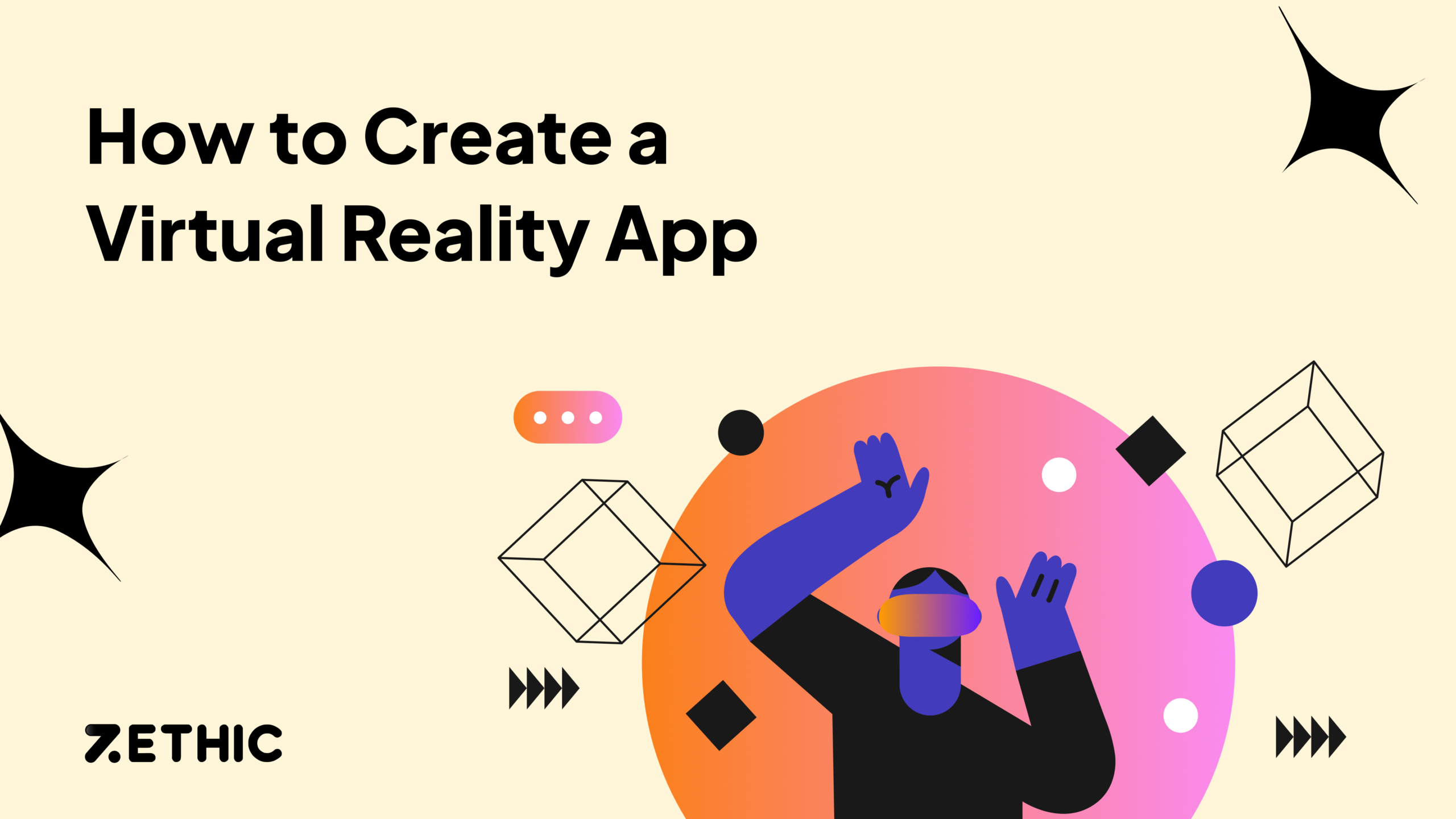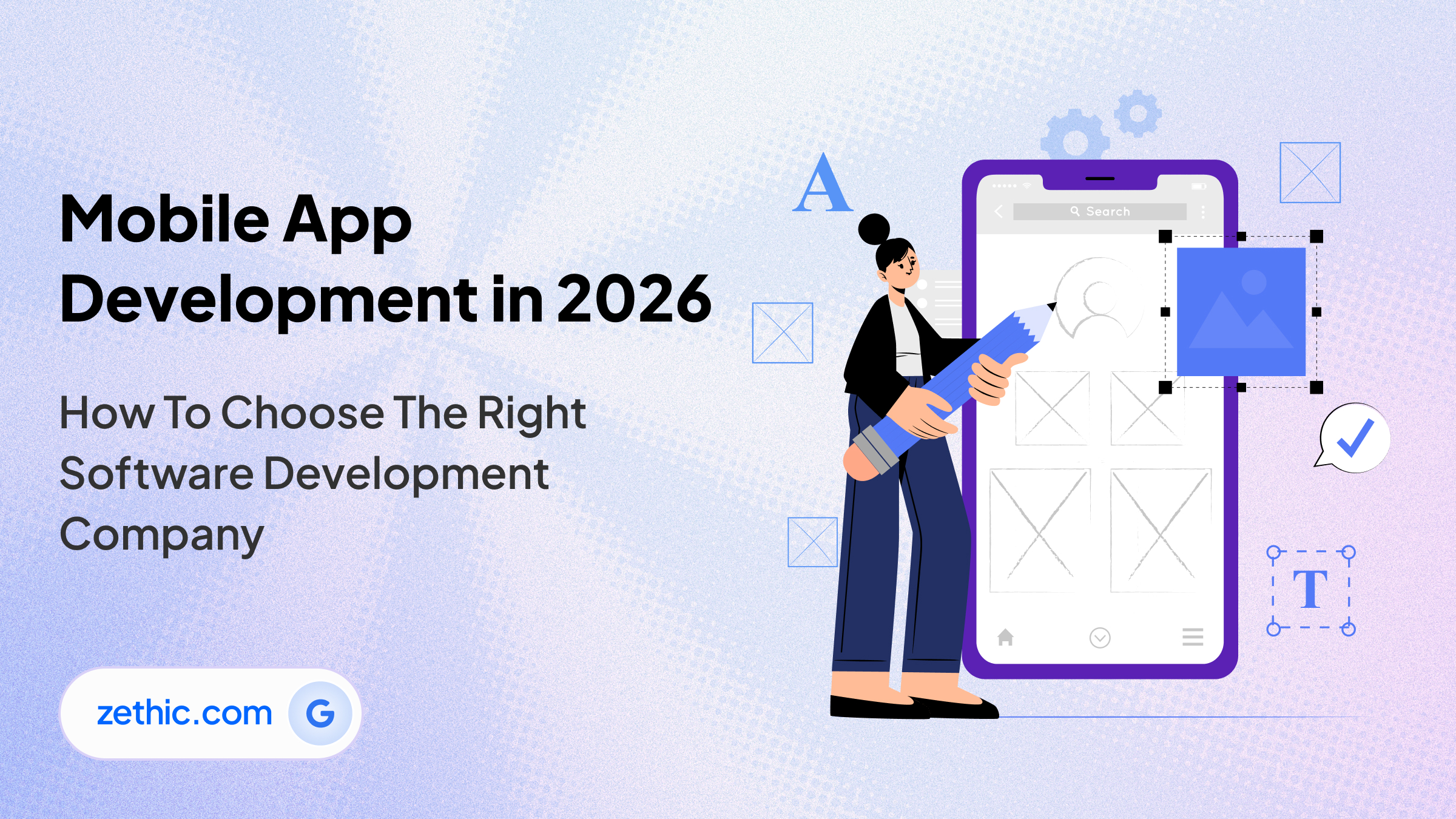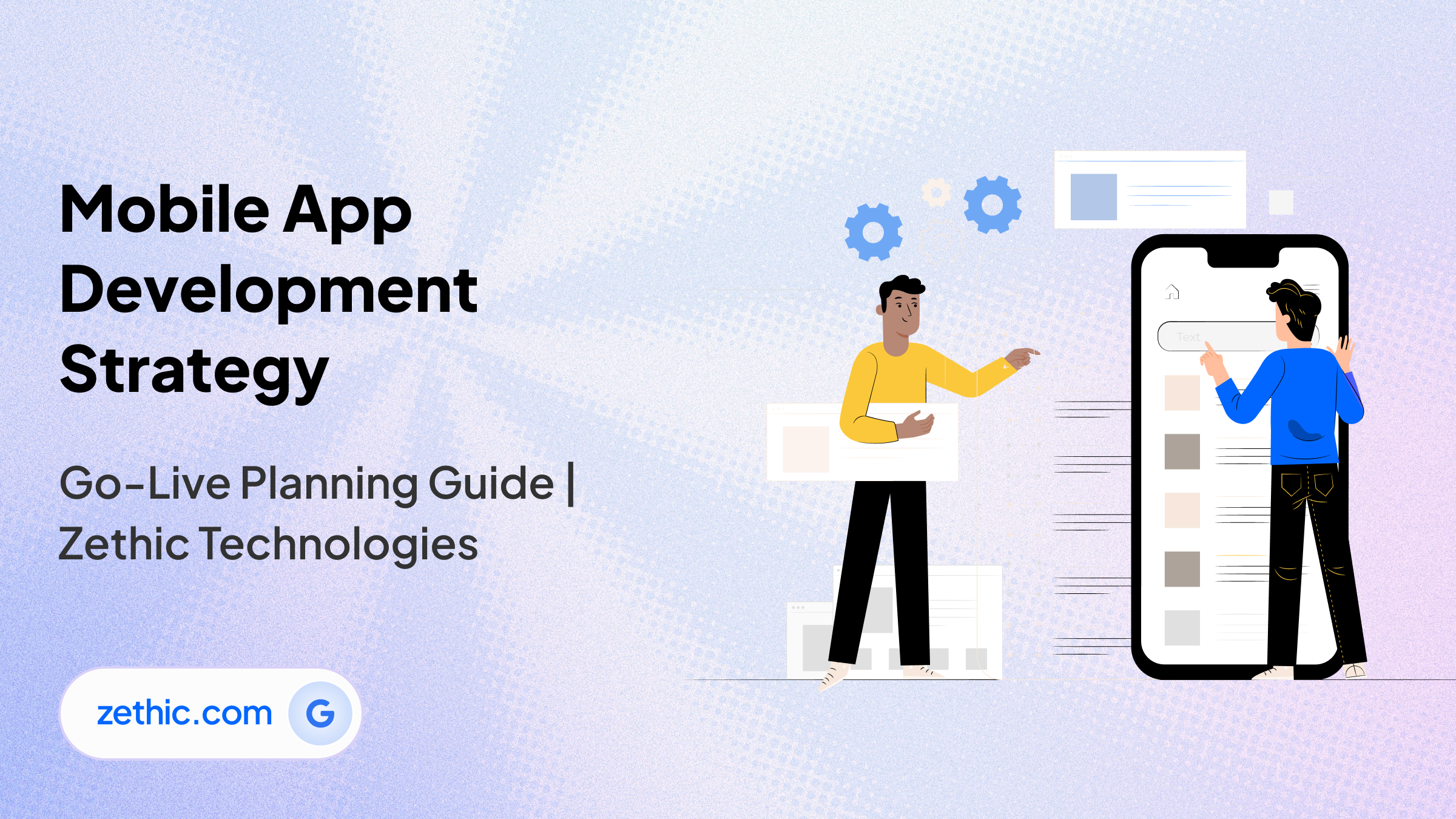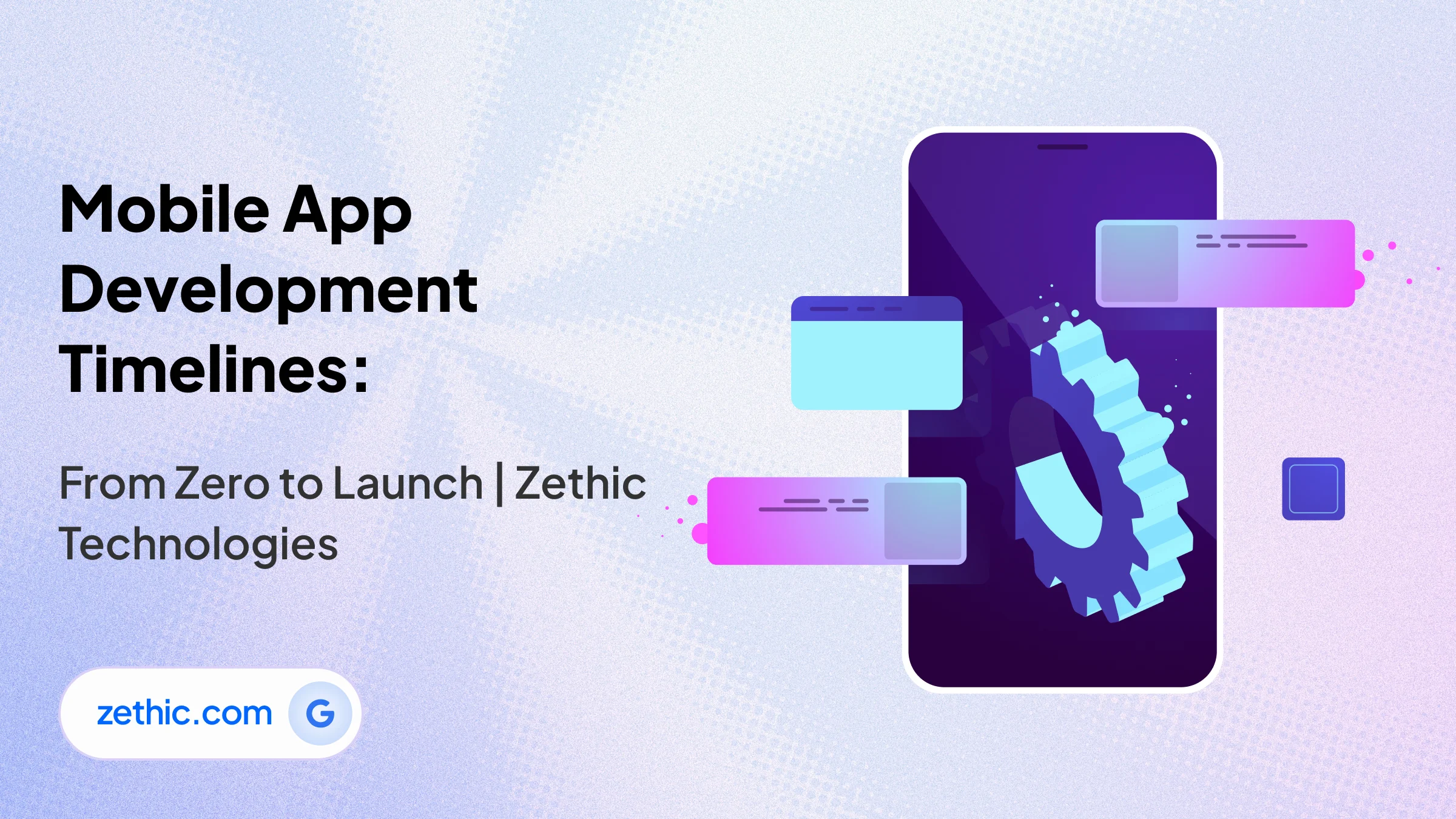The world of virtual reality (VR) has rapidly evolved, bringing immersive experiences to a wide range of industries. With its unique capability to simulate real-world environments and experiences, VR has become essential for businesses looking to enhance customer engagement, streamline operations, and revolutionize training. In this guide, we’ll explore the growing VR market, the business advantages of VR apps, and the step-by-step process of develop a virtual reality application.
According to statista.com, The global VR market is projected to grow from $25.11 billion in 2023 to an impressive $244.84 billion by 2032. VR software revenue will hit $4.3 billion in 2024, expanding to $6.2 billion by 2029, while users could reach 207.4 million by that time. The AR and VR user base will likely increase to 3,728 million by 2029, with users mainly between 16-34 years old. This growth is driven by industries such as gaming, healthcare, retail, and education, where immersive experiences are transforming interactions. VR is also expected to boost the global economy by $1.4 trillion by 2030.
Table of Contents
What is the Purpose of Develop A Virtual Reality Applications in Business?
Virtual reality application development is transforming the way businesses operate. From marketing training, VR provides immersive experiences that boost productivity and customer engagement.
Here are some of the major benefits of develop a virtual reality application in business:
- Training: VR creates realistic simulations for training employees in a safe, engaging manner. Whether it’s simulating emergencies or practicing technical skills, VR helps bridge the gap between theory and real-world experience.
- Customer Engagement: VR enables immersive experiences to elevate customer service and boost sales. For example, in the automotive industry, VR can be used to provide virtual test drives, allowing potential buyers to explore features and feel the car’s interior from their homes.
- Remote Collaboration: VR facilitates more engaging and effective remote collaboration, allowing global teams to work together in virtual environments.
- Product Development: VR allows businesses to visualize and test products in a virtual space, streamlining the development process and improving product quality.
- Marketing: VR is a powerful storytelling tool that marketers can use to create memorable experiences, enhancing brand loyalty and awareness.
- Interior Design: VR helps designers and clients envision home or workspace designs before implementing them, allowing for more informed decision-making.
- Safety: Businesses can use VR to conduct safety training and test protocols in controlled virtual environments.
Industries like healthcare, gaming, tourism, retail, and education benefit significantly from VR, leveraging its immersive capabilities for everything from patient simulations to virtual store experiences.
Build Your Custom VR App Today
Transform your ideas into immersive VR experiences with Zethic.
Contact us now!How to Develop A Virtual Reality Application – Step-by-Step Process
Developing a Virtual Reality Application is a multi-step process that requires careful planning, the right technology, and robust testing.
Step 1: Define Goals
The first step in develop a virtual reality application is defining your goals. Who is your target audience, and what do you want to achieve with your app? For instance, a VR gaming app may focus on interactive environments, while a healthcare app may prioritize realistic training simulations.
Step 2: Select a Platform
Choosing the right platform for develop a virtual reality application is crucial. Here are some of the most popular options:
- Oculus Rift/Quest: Ideal for high-end gaming and versatile enterprise applications.
- HTC Vive: Offers premium VR experiences with room-scale interaction.
- Google Cardboard/Samsung Gear VR: Suitable for basic, mobile-based VR experiences.
- Meta Quest 3: Features mixed reality capabilities for both VR and AR experiences.
- Sony PlayStation VR2: Best for PlayStation users seeking advanced gaming experiences.
- Apple Vision Pro: Integrates with Apple services for an immersive user experience.
- HTC Vive XR Elite: Portable headset with PC/mobile connectivity for flexible experiences.
- PICO 4: Standalone headset offering a wide field of view without requiring a PC.

Step 3: Choose Hardware
The hardware required depends on the platform and your app’s specific needs. For example, you may need motion sensors, hand-tracking devices, or spatial tracking cameras to ensure seamless interaction within the virtual environment.
Step 4: Select a 3D Engine
Choosing the right development engine is essential for develop a virtual reality application. The most popular options include:
- Unity: User-friendly, with support for multiple platforms. Ideal for beginners.
- Unreal Engine: More powerful, suitable for high-quality visuals and complex applications.
Step 5: Install SDKs and APIs
Next, integrate platform-specific Software Development Kits (SDKs) and Application Programming Interfaces (APIs) into your development environment. For example:
- Oculus SDK for Oculus-compatible apps.
- Google VR SDK for Google Cardboard or Daydream apps.
- SteamVR SDK for HTC Vive.
These SDKs enable essential features like spatial tracking and hand gestures.
Step 6: Plan UI/UX
Designing the user interface and user experience for VR differs significantly from traditional 2D apps. Focus on VR-optimized interfaces that seamlessly fit into 3D environments. Your interface should be intuitive, minimizing user distractions.
Best UI/UX Design for Your VR App
Create immersive VR experiences with intuitive, user-centric interfaces.
Contact us now!Step 7: Design and Prototype
Build early prototypes to test features, navigation, and overall app flow. Prototyping helps identify potential issues early on, particularly with interaction design.
Step 8: Create Assets
Develop or source 3D assets, such as models, textures, and animations. These assets are critical to building the immersive environments that VR users expect.
Step 9: Develop Interactions and Controls
Implement interactive features like head tracking, gesture recognition, or hand controllers. Depending on the platform, your app might need to support voice commands or motion sensors.
Step 10: Test the VR App
Testing is essential to ensure your app works smoothly across all supported platforms. Focus on:
- Usability
- Performance
- User comfort (minimizing motion sickness)
Step 11: Optimize Performance
Performance optimization is critical in VR due to the high demands on hardware. Techniques such as level of detail scaling and shader optimization can help reduce the load on hardware, ensuring a smoother experience.
Step 12: Deploy and Publish
Finally, once the app is tested and optimized, it’s time to publish it to the appropriate VR platform, such as the Oculus Store, SteamVR, or Google Play.
How Long Does It Take to Develop a Virtual Reality Application?
The time it takes to develop a virtual reality application depends on its complexity:
- Simple demo VR apps: 1-2 months
- Medium complexity apps: 3-6 months
- Complex apps: 6 months to 2 years
The production phase involves creating assets, coding, and integration, with more complex projects requiring significantly more time.
How Much Does It Cost to Develop a Virtual Reality Application?
The custom VR app development cost can range from $10,000 to $50,000 for simpler projects, with more complex apps costing upwards of $100,000 or more. Factors such as the type of VR experience, hardware requirements, and the development team’s hourly rates all influence the final cost.
Affordable VR App Solutions
Our custom VR apps provide engaging, immersive experiences tailored to your business needs.
Get a Free QuoteConclusion
Virtual reality is reshaping industries and offering businesses innovative ways to engage customers, train employees, and improve productivity. With careful planning, the right tools, and a structured development approach, you can develop a virtual reality application that meets your business needs. Zethic is top VR app development company, with its extensive experience in VR development, can help you bring your vision to life. Contact us today to get started on your VR project!






